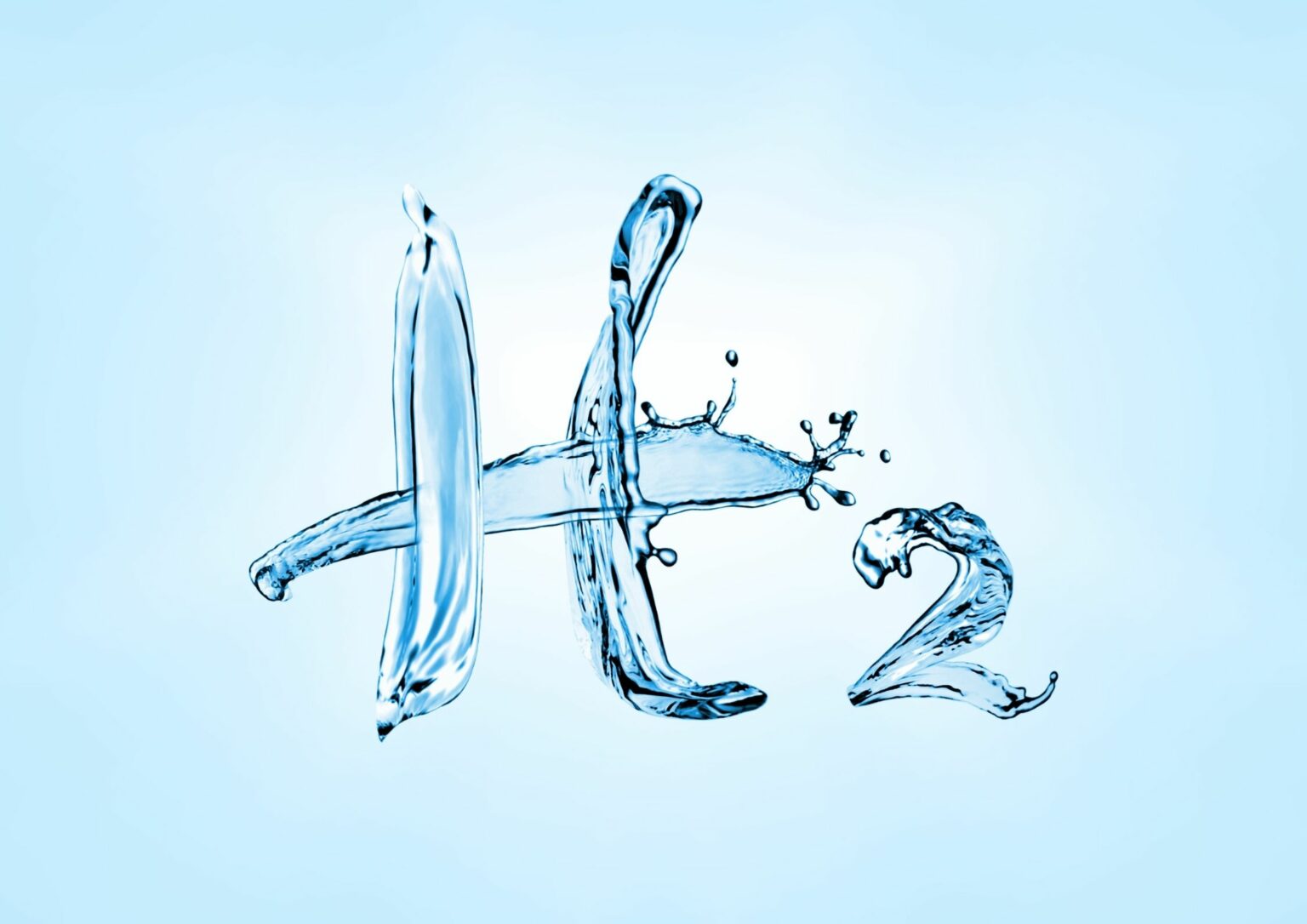A collaborative effort between Australian and Japanese scientists has led to the development of a new catalyst, NiOOH-Ni, that promises to enhance the efficiency of ammonia conversion.
Catalysts play a crucial role in speeding up chemical reactions, and their efficiency can determine the feasibility of various industrial processes. The NiOOH-Ni catalyst, developed through an electrochemical process that treats nickel foam, is reported to improve ammonia conversion efficiency by operating at lower voltages and higher currents than traditional catalysts. This capability is noteworthy, but how does it compare to the current industry standards?
While the research highlights NiOOH-Ni’s ability to produce different outputs—nitrite at lower voltages and nitrate at higher voltages—the broader implications of these findings require careful consideration. The environmental benefits and the potential for large-scale application are clear, but the catalyst’s performance should be evaluated in real-world conditions where variables are more complex.
The study positions NiOOH-Ni as a superior alternative to conventional catalysts like platinum, which are more expensive and less effective at ammonia conversion. However, the claim of NiOOH-Ni’s superiority raises questions about its long-term performance and cost-effectiveness in industrial applications. While the catalyst’s durability and stability are praised, these attributes must be proven under the stress of continuous, large-scale operations.
Additionally, the comparison with platinum-based catalysts may overlook other viable alternatives that could offer similar or even better performance. The hydrogen energy sector is rapidly evolving, with numerous research groups worldwide exploring various catalysts. It is essential to consider whether NiOOH-Ni truly stands out in this competitive landscape or if its advantages are marginal when viewed in a broader context.
The researchers suggest that NiOOH-Ni could transform wastewater treatment by efficiently converting harmful ammonia into less toxic substances, while also generating hydrogen—a clean energy source. However, the practicality of deploying this catalyst on a large scale remains uncertain. Factors such as scalability, cost of production, and integration into existing systems will determine whether NiOOH-Ni can move beyond the laboratory and into widespread industrial use.





